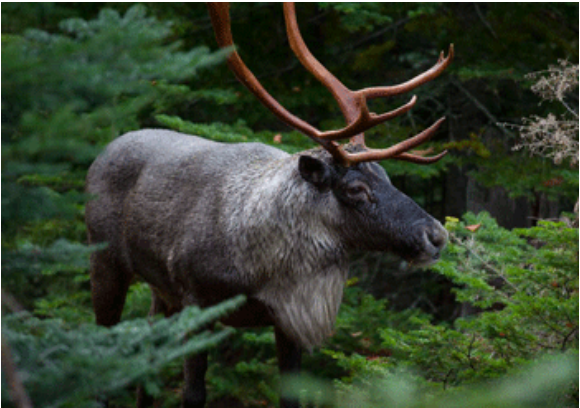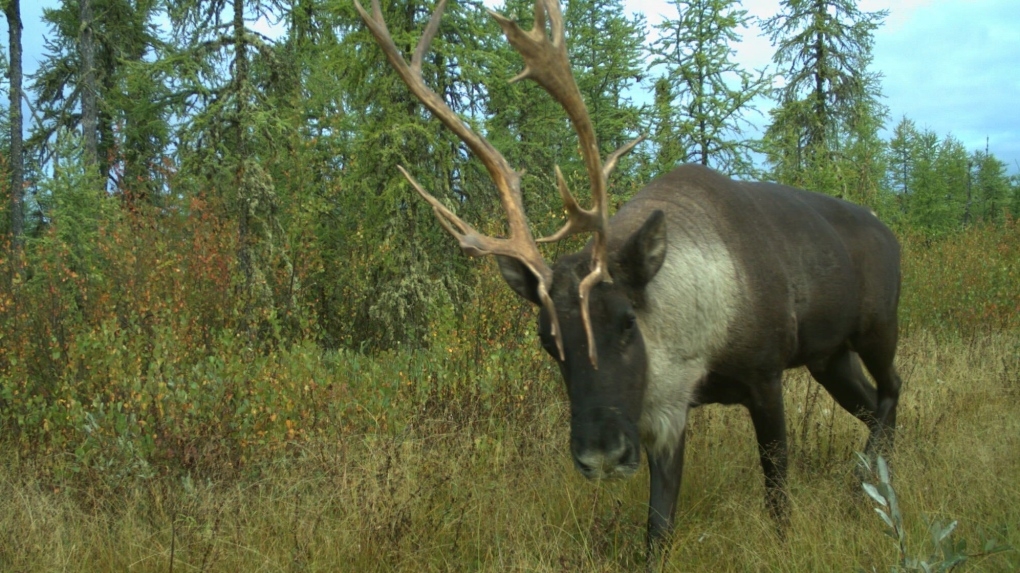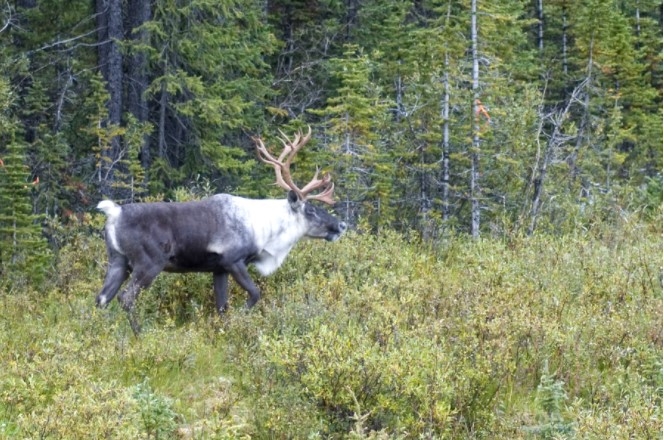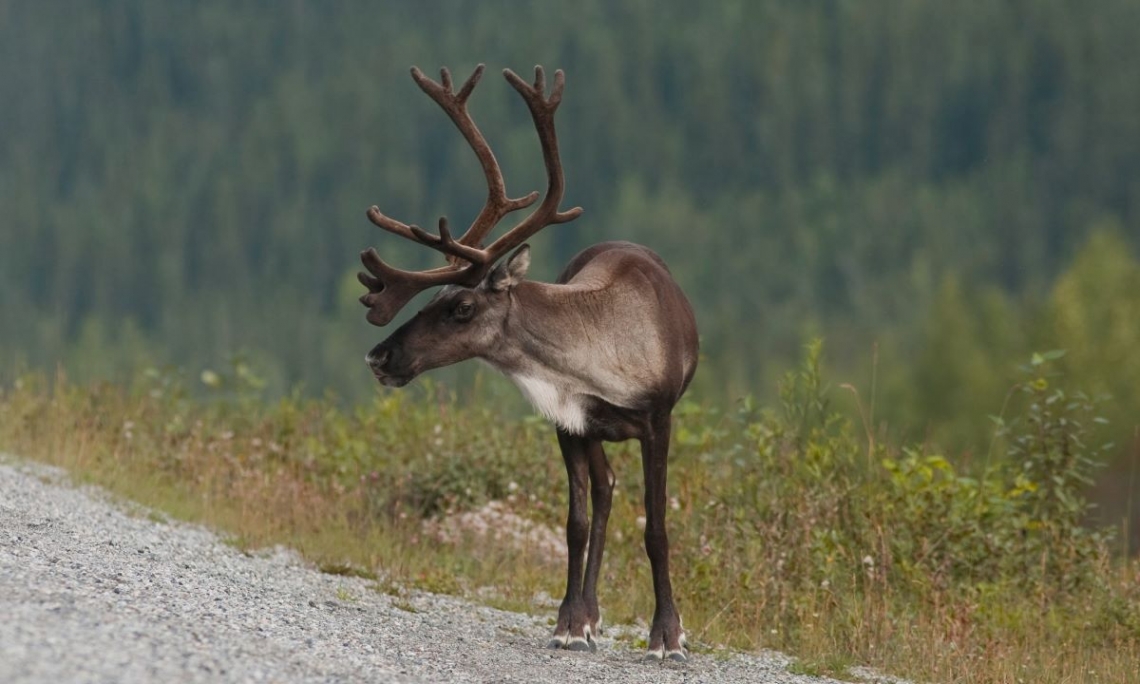Peatlands Reduce Fire Severity and Promote Fire Refugia in Boreal Forests
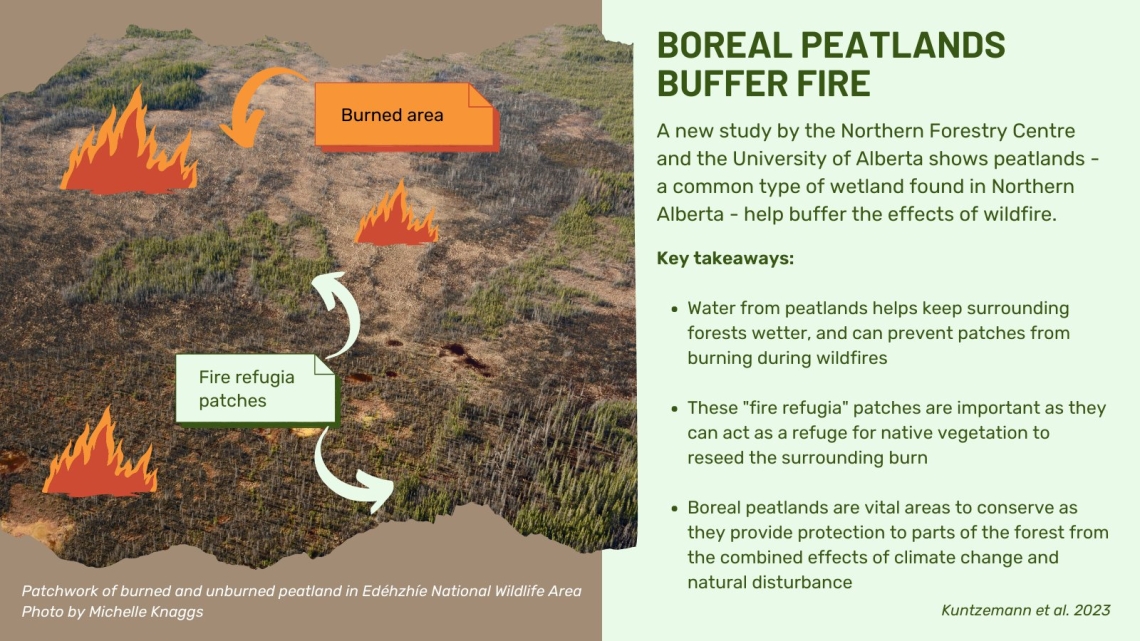
In the boreal biome of North America, large wildfires usually leave behind residual patches of unburned vegetation, termed refugia, which can strongly affect post-fire ecosystem processes. While topographic complexity is a major driver of fire refugia in mountainous terrain, refugia and fire severity (the ecological impacts of fire) in boreal landscapes are more likely driven by bottom-up controls affecting the extent and type of fuels. In this study, I investigate the role of hydrological (e.g., peatlands), ecological, and topographic heterogeneity on fire severity and the presence of fire refugia under different spatial and temporal climate moisture conditions in the Alberta boreal region over a 33-year (1985-2018) period. Fire severity was measured using the Relativized Burn Ratio (RBR). Generalized linear models were used to examine relationships of fire severity and probability of refugia as a function of bottom-up (vegetation, topography, site moisture, ecosystem) and top-down (normal and annual climatic moisture) controls. I then developed predictive maps of refugia probability and fire severity under normal and inter-annual climatic moisture conditions. I found that peatlands, stratified as bogs and fens, burned at lower severities and exhibited a higher probability of refugia than uplands, with vegetation (fuel) presenting a stronger control on fire than climate, topography, site moisture, or ecosystem type. In general, locations with wetter regional (normal) climatic moisture, a proxy for fuel amount, experienced increased fire severity and refugia probabilities when surrounded by more peatlands. While the amount of bogs affected both fire severity and refugia at intermediate scales (900-m area), fens affected fire severity most strongly when at a landscape scale (3000-m area) and refugia when at a local-scale (120-m area). Bogs decreased fire severity in adjacent uplands and peatlands under all regional and annual climatic moisture conditions but did not affect refugia probability in uplands. Fens reduced fire severity in adjacent uplands under all conditions and had varying effects on adjacent peatlands depending on moisture availability. Fens also increased refugia probability in adjacent uplands under all conditions, as well as in adjacent peatlands under all regional climatic moisture conditions. Areas of hydrologically-connected peatlands, particularly fens, may be capable of slowing future vegetation transitions, stemming from climate-driven increases to fire severity and post-disturbance moisture stress, in neighboring forests.
Read the full paper here.


